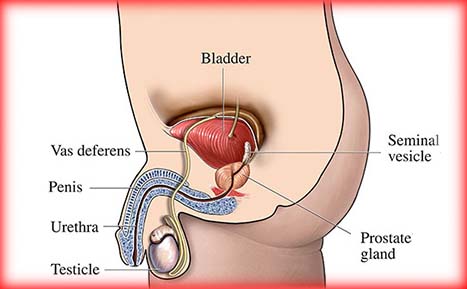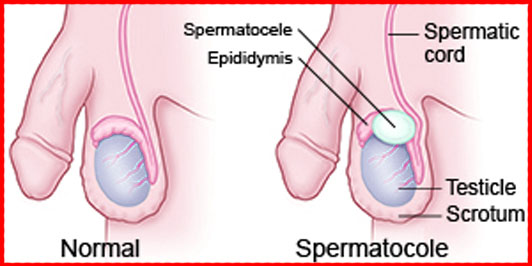Hydroceles and inguinal (groin) hernias can create problems in males. But do they cause pain and dysfunction? When and how should they be treated? The following information should help you talk to a urologist about these two conditions.
What causes hernias and hydroceles?
Testicles develop near kidneys in the abdomen and descend from that location to their normal position in the scrotum towards the end of pregnancy. In order for the testicles to leave the abdomen, a muscle ring in the groin on each side opens and allows the testicles to drop down to the scrotum. As the testicle descends, the lining of the abdomen also drops to line the scrotum. This channel closes in most boys. If that channel remains open, or reopens, a small amount of fluid can go from the abdomen to the scrotum through this passage. This results in hydrocele. If the channel remains opens or reopens widely, then a portion of the intestine can pass down the channel towards the scrotum. This results in an inguinal hernia.
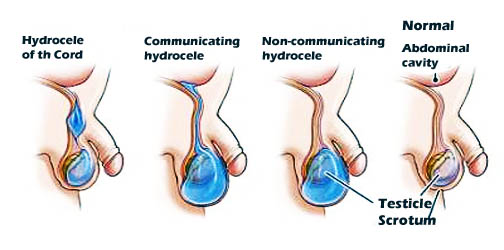
Hydroceles can also develop due to inflammation or injury within the scrotum. These sometimes resolve over a few months but many remain and require medical attention. Hernias can also be the result of increased pressure that forces part of the intestines through a weak spot in the abdominal wall — straining during bowel movements, heavy lifting, coughing, sneezing or obesity.
What are the symptoms of a hernia?
Only about 25 percent of hernias cause pain or discomfort. However, you may be able to see and feel the bulge that often occurs at the junction of the thigh and groin. About 1 percent of boys develop hernias with premature infant males having a higher incidence. Sometimes, the protruding intestine enters the scrotum and causes pain and/or swelling in the scrotum.
What are the symptoms of a hydrocele?
About 10 percent of male infants have a hydrocele at birth. Seldom causing symptoms, this swelling of the scrotum does not bother a baby and usually disappears in the first year of life, even though the appearance may worry new parents. In older males, a hydrocele usually remains painless but may cause discomfort due to the increased size of the scrotum.
How are hernias treated?
Surgery to repair the muscle ring that did not close properly is recommended for a hernia in a child. Hernias do not go away on their own and may cause problems with digestion leading to emergency surgery. In infants and children, a small incision is made in the groin through which a urologist sutures or sews the channel shut and repairs the muscle ring. This procedure can be done in an outpatient setting. In teenagers and adults, laparoscopic surgery may be considered.
How are hydroceles treated?
Hydroceles require surgical repair if they cause symptoms, such as growing large or changing size significantly during the day. If the hydrocele is uncomplicated, an incision is made in the scrotum. The hydrocele is cut out, removing the tissues involved in the hydrocele. If there are complications, such as a hernia, an incision is made in the inguinal (groin) area. This approach allows repair of hernias and other complicating factors at the same time.
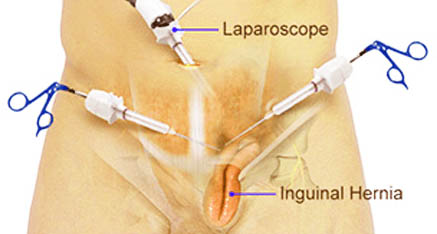
What can be expected after treatment for hernias and hydroceles?
After surgery, there will be discomfort that will require pain medication. In most cases, pain is reduced during the first week so that pain medication is no longer necessary. It may be necessary to restrict full activity for several weeks, depending on your child’s age and whether or not both sides were treated. If your son still plays on straddle toys, such as a rocking horse, he may have to avoid them for a time. The testicle and scrotum may stay swollen for several weeks after surgery before returning to normal. After surgery, less than 1 percent of cases have a hernia or hydrocele return.
Frequently asked questions:
Are hernias or hydroceles hereditary?
No. Hernias and hydroceles are common. And while several family members may experience them, there is no evidence that they are inherited.
Is there anything a parent did to cause a hernia or hydrocele in their child?
No.
What is the likelihood of a hernia developing on the other side?
This depends on the age of the child. Younger children treated for a hernia are much more likely to develop a hernia on the other side than older children. In younger children, sometimes a laparoscope is used to look at and evaluate the opposite side. If the examination shows that a hernia is present or likely to occur, then surgical repair is done on both sides as a preventive course of action.
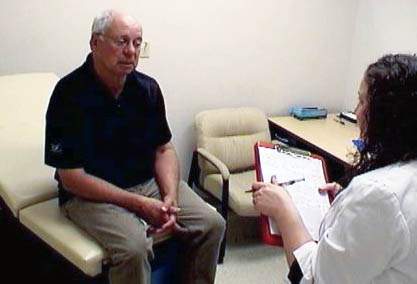
What is the risk of a hydrocele inguinal hernia surgery in India?
The risk of developing a hydrocele on the other side is about 5 percent. Because of this low risk, many times the laparoscopic evaluation is not performed.
Do girls develop hydroceles and hernias?
Girls do not develop hydroceles. They can develop hernias but because of their anatomy, girls are 10 times less likely than boys to develop hernias.


